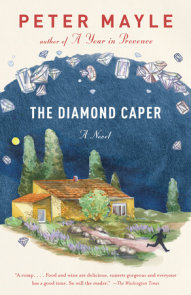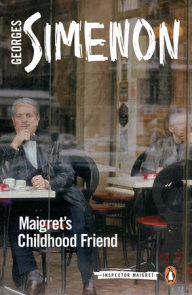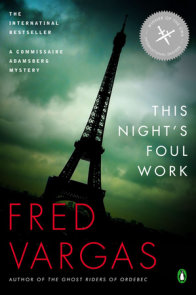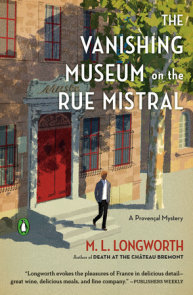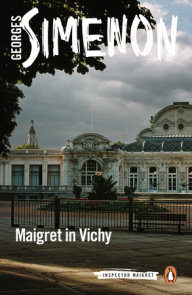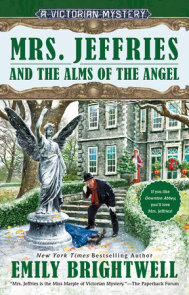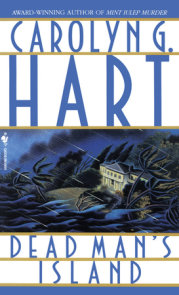READERS GUIDE
The questions, discussion topics, and suggestions for further reading that follow are designed to enhance your group’s discussion of The Vintage Caper, a light-hearted adventure about dark doings in the highly competitive world of wine collecting.Introduction
Peter Mayle has celebrated the people and places of France in bestselling memoirs and wonderful novels that blend amusing observations, offbeat information, and an enduring love of his adopted homeland. The Vintage Caper is a novel that incorporates one of the cornerstones of French culture—France’s magnificent vineyards and their incomparable wines. The story opens in Los Angeles at the home of Danny Roth, an entertainment lawyer with a fateful compulsion to show off his impressive wine collection. After an article complete with a picture of Roth holding a prized vintage appears in The Los Angeles Times, a carefully selected assortment of the most valuable bottles disappears from his cellar. His insurance company hires Sam Levitt, an investigator with a sketchy background, joie de vivre, and an in-depth knowledge of wine. With more than a few delicious meals and delectable wines to sustain him, and a lovely French investigator at his side, Levitt travels to the famed vineyards of Bordeaux and on to Marseille, where he faces off against a clever and charming thief and comes up with a decidedly original resolution to the crime.Questions and Topics for Discussion
1. How does Mayle use humor, exaggeration, and physical descriptions to define Danny Roth’s personality? To what extent is Roth a caricature of an arrogant, egotistical businessman? Does he have any redeeming characteristics—i.e. qualities that humanize him or with which you can identify?
2. Compare Mayle’s description of Hollywood [p. 15, p. 33] to impressions you have formed from in other books, films, television programs, or through your own experience. What particular references or images help to create a telling, recognizable snapshot? How would you characterize Mayle’s portrayal of the city and its inhabitants? Does he find charm and appeal behind the glitz and trendiness?
3. The Vintage Caper presents a host of insider information, historical tidbits, and sightseeing suggestions for visitors to Paris, and, especially, Marseille. Do Levitt’s meanderings in Paris present new ways of looking at the city and all it has to offer? The detective’s expectations are based on the film The French Connection and “one or two breathless articles by travel writers” and Sophie, who visited the city once, remembers it as “ a scruffy, crowded labyrinth, teeming with raucous, often rather sinister-looking men and women” [p. 92-3]. Do media representations and personal biases often distort the expectations of travelers and tourists? What do the taxi driver [p. 93], Phillipe, and Reboul reveal about the factors that influence how locals regard the city? Discuss how Mayle brings to life the charms of the city, as well as showing Marseille’s louche side.
4. Phillipe and Florian Vial play crucial roles in the plan to recover the wine. How does Mayle create a sense of these secondary characters as individuals with their own quirks, vanities, and motivations?
5. What is the significance of Levitt’s relationship with Elena Morales? Does it add to your understanding of the kind of man he is? Were you interested in learning more about their past—and about the romantic possibilities that might lie in the future?
6. Compare and contrast Danny Roth and Francis Reboul. What are their similarities? To what extent do they represent the conduct and mind-set of real-life wealthy and prominent men? What character traits make Reboul an attractive and appealing figure?
7. Levitt’s passion for food and wine is an essential part of his character. What effects do the frequent descriptions of his meals and the restaurants in which he eats have on the reader? Do they distract from the main story or are they integral to the atmosphere and flow of the novel?
8. In what ways is The Vintage Caper a commentary on the differences between Americans and the French? Consider the description of Levitt’s flight to Bordeaux [p. 65]; his reactions to Sophie [p. 66, p. 71]; the background material he reads about Reboul [p. 129-30]; and his observations on the clothing and mannerisms of people he encounters even briefly. Does Mayle apply the same moral and aesthetic standards in describing the behavior and attitudes of each nationality? What cultural stereotypes does he draw? Why are they effective within the scheme of the novel?
9. Mayle has written several bestselling memoirs about his life in Provence, as well as popular guides to the region. How do Mayle’s skills and interests as a nonfiction writer influence the style of The Vintage Caper?
10. In what ways is The Vintage Caper both an homage to and a satire of the hardboiled detective novels by Dashiell Hammett and Raymond Chandler? Discuss the scenes, dialogue, and comments (particularly about women) that reflect this classic tradition.
11. How does The Vintage Caper compare to books and movies like To Catch a Thief, the Pink Panther series, and Ocean’s Eleven that feature clever capers, heists or cons? What characteristics does Levitt share with the heroes (or lead characters) in the genre? Is there a good balance of suspense, risk, and comic elements? Is the climax satisfying?
(For a complete list of available reading group guides, and to sign up for the Reading Group Center enewsletter, visit www.readinggroupcenter.com)










